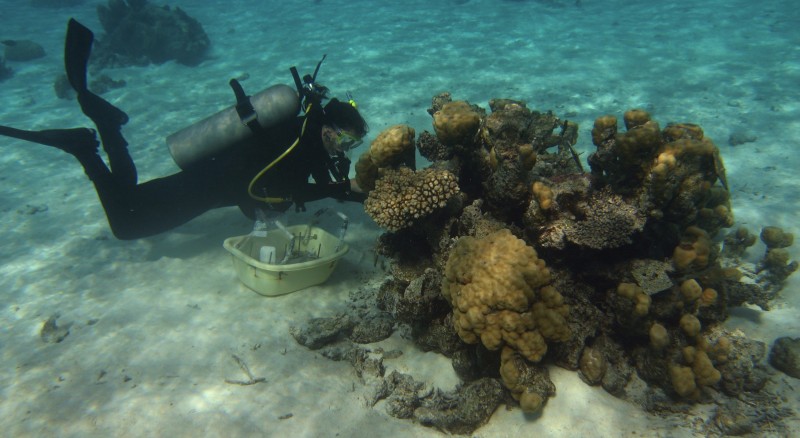

by Shelby Boyer, Invertebrate Zoology Lab
Believe it or not, heading off to an exotic, remote field site is not uncommon for scientists. For me, this site is the Smithsonian Tropical Research Institute located on the Pacific Ocean side of Panama. I came all the way here to study corals and their interactions with endosymbiotic algae (zooxanthellae) that live inside of coral tissues. This relationship only occurs in warm, clear tropical waters near the equator.
Zooxanthellae, like all other algae, make energy from sunlight and pass some of that energy to the coral they live inside of. In return the zooxanthellae are provided with a place to live and some nutrients from the coral. When there is a positive benefit for both organisms, scientists call it a mutualism. I am just getting started on my research here and will be updating the blog as it gets going!

